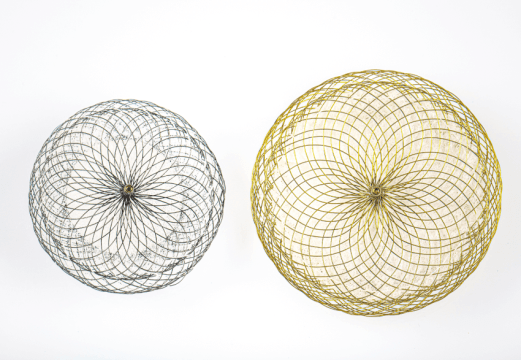A thorough statistical analysis of the EXCEL has quite definitely shown that the likelihood of death, MI or stoke, including total mortality, is higher with PCI compared against CABG.

The Bayesian analysis estimated a 3.3% difference in mortality, superior in the PCI arm, with 99% probability that EXCEL total mortality was indeed increased with PCI and 94% probability that this absolute difference exceeded 1 extra deaths (or even more) per 100 treated, vs surgery.
This recent analysis published in JAMA Internal Medicine also included the data of other large studies on left main revascularization such as the NOBLE, the PRECOMBAT and the SYNTAX, to inform on the probability of PCI being associated with inferior long-term results for all events, including mortality, compared against CABG.
When looking into other studies to inform on mortality, the difference in favor of surgery is just 0.9%. As a result of this “small” difference, the certainty of this information is far lower than when looking only at the EXCEL.
Read also: Soon after the EXCEL “Scandal” the NOBLE 5-year Outcomes Come Out: Mere Coincidence?
As small as this difference might seem, this new publication is important, seeing as it focuses in one of the most controversial issues in cardiology today. In also has implications in the daily clinical practice, far beyond the eternal discussion between interventional cardiologists and surgeons.
The European guidelines give left main PCI a class I indication with evidence level A for patients with low or intermediate anatomical complexity, while the European Association for Cardio Thoracic Surgery (EACTS) withdrew their support to these guidelines after the scandal revealed by the BBC.
To understand the impact of this information on the clinical practice we only have to look at one example case. If we tell a patient that PCI and CABG have similar outcomes, why should anyone choose the most invasive option, associated to higher periprocedural risk and more prolonged and painful recovery?
Read also: The EXCEL Authors’ Answer to the BBC Investigation.
On the other hand, if we tell them that surgery is associated to lower mortality and MI rates, most likely the same patient will choose this “inconvenience” at short term for a long-term benefit.
There is still much to look at and we are far from sure, especially if we want to draw the same conclusions from all studies.
The NOBLE trial did not take strokes into account, one point that in general favors PCI. Neither did it consider periprocedural MI, another point that in general favors PCI.
Read also: Latest Guidelines “Dropped” After Scandal Over EXCEL Results.
Cardiovascular mortality was not analyzed in the EXCEL, instead all-cause morality was looked at. The “total” number of deaths might have been influenced by non-cardiovascular mortality such as neoplasia, a finding that could by adjudicated to chance.
Título original: Bayesian interpretation of the EXCEL trial and other randomized clinical trials of left main coronary artery revascularization.
Referencia: Brophy JM et al. JAMA Intern Med. 2020; Epub ahead of print. doi:10.1001/jamainternmed.2020.1647.
Get the latest scientific articles on interventional cardiologySubscribe to our weekly newsletter
We are interested in your opinion. Please, leave your comments, thoughts, questions, etc., below. They will be most welcome.





